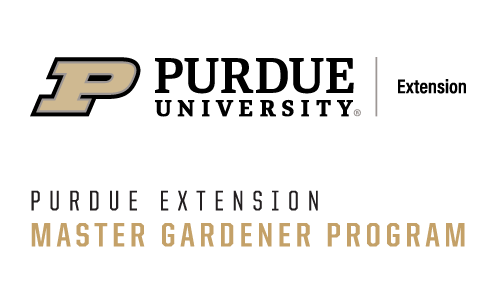What is an Heirloom or Open-pollinated Variety?
When seeds saved from these plants grow, they have the same characteristics as the parent plant. Heirloom, open-pollinated varieties offer a long tradition of steady success, some for several hundred years, often under adverse conditions. Most seed catalogs list heirloom varieties as those introduced before 1940. Over 2/3 of the nearly 5,000 open-pollinated vegetables offered in the 1800s were discontinued by seed catalogs by 1984. Some 97% of these varieties no longer exist. Some survive only by the graces of backyard garden seed savers.
What is a Hybrid?
A hybrid is the result of crossing two genetically diverse plants. Seeds saved from hybrid plants never have the same characteristics as the parent plant. The shift to industrialized farming in the 1940s after WWII flooded the market with inexpensive produce in the form of hybrid vegetables.
Heirloom vs Hybrid - What should I plant?
A variety’s performance is measured by many qualities. Some of these qualities include appearance, vigor, uniformity, stress resistance, keeping quality, and tolerance to insects and diseases. Hybrids have the advantage of higher yields and uniformity for farmers who harvest with machines, but not necessarily for gardeners. For example, having all your tomatoes mature at once may be an advantage for the farmers, but not for gardeners who want an extended harvest. Many hybrids are bred primarily for shipping quality and size uniformity but, in the process, flavor is lost. There is also controversy about the loss of old varieties, which have the genetic diversity of flavor, color, and culinary uses. You can decide which varieties are right for you to grow.
Learn more at Seed Savers Exchange, a non-profit organization dedicated to saving and sharing heirloom seeds.
When seeds saved from these plants grow, they have the same characteristics as the parent plant. Heirloom, open-pollinated varieties offer a long tradition of steady success, some for several hundred years, often under adverse conditions. Most seed catalogs list heirloom varieties as those introduced before 1940. Over 2/3 of the nearly 5,000 open-pollinated vegetables offered in the 1800s were discontinued by seed catalogs by 1984. Some 97% of these varieties no longer exist. Some survive only by the graces of backyard garden seed savers.
What is a Hybrid?
A hybrid is the result of crossing two genetically diverse plants. Seeds saved from hybrid plants never have the same characteristics as the parent plant. The shift to industrialized farming in the 1940s after WWII flooded the market with inexpensive produce in the form of hybrid vegetables.
Heirloom vs Hybrid - What should I plant?
A variety’s performance is measured by many qualities. Some of these qualities include appearance, vigor, uniformity, stress resistance, keeping quality, and tolerance to insects and diseases. Hybrids have the advantage of higher yields and uniformity for farmers who harvest with machines, but not necessarily for gardeners. For example, having all your tomatoes mature at once may be an advantage for the farmers, but not for gardeners who want an extended harvest. Many hybrids are bred primarily for shipping quality and size uniformity but, in the process, flavor is lost. There is also controversy about the loss of old varieties, which have the genetic diversity of flavor, color, and culinary uses. You can decide which varieties are right for you to grow.
Learn more at Seed Savers Exchange, a non-profit organization dedicated to saving and sharing heirloom seeds.
